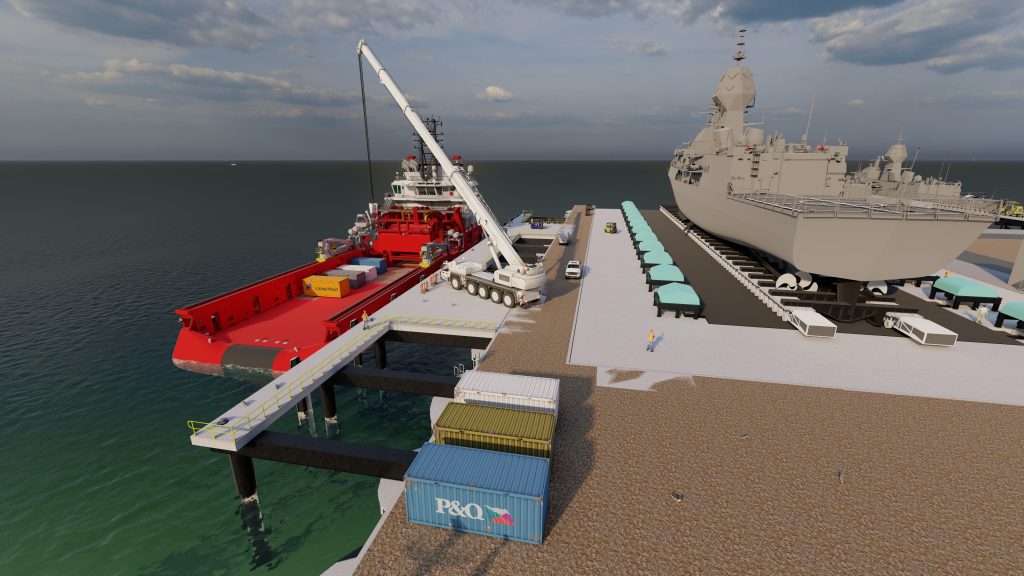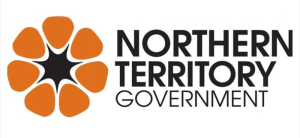The Northern Territory’s ambitious construction pipeline is under threat from a severe shortage of engineers, Infrastructure Commissioner Louise McCormick has warned.
The situation is certainly challenging but, according to McCormick, it also means there’s never been a better time for engineers to make the move north and grasp the wealth of opportunities opening up.
“We need way more engineers than we currently have,” she told create. “And we need them across just about every engineering discipline to help us achieve our plans. I realise the skills shortage is a national problem, but it’s particularly severe up here.”
The Infrastructure, Planning and Logistics Department offers scholarships to engineering students at Charles Darwin University as well as work placement opportunities. Unsurprisingly, most graduates are quickly snapped up by local firms.
Supercharging careers
McCormick knows from personal experience that the Northern Territory can supercharge careers, though she was less certain when she took the plunge herself.
Giving up her high-flying structural engineering job in Brisbane to move to Darwin in 2005 was a big call. It didn’t help that few of her southern friends, colleagues and mentors believed that any career supercharging in the north was unlikely. McCormick told create that it was the exact opposite.

“Many of them thought I was mad and tried to persuade me to stay put,” she said. “So I was pretty nervous, especially as I didn’t know a single person in the Territory.”
Her extraordinary achievements over the last 18 years suggest otherwise.
Among her many Northern Territory accolades are Young Professional Engineer of the Year, Telstra Business Women’s Award for Innovation and the prestigious John Shaw Medal. She’s also the first woman, and Territorian, to chair the Austroads board.
As Infrastructure Commissioner and Deputy Chief Executive, Infrastructure, she has secured billions of dollars in investment and driven countless major developments that have transformed the Territory and boosted the economy.
A world-first achievement
They include one of the biggest infrastructure projects underway in Australia today, Middle Arm Sustainable Development Precinct, a vast commercial and industrial district focused on renewable hydrogen, advanced manufacturing, carbon capture and storage, and mineral processing.
The Federal Government has committed $1.5 billion in planned equity to the 1500 ha scheme, which will be the first of its kind in the world to have net zero emissions.
Another major project being delivered by McCormick and her team is the 103 m Darwin Ship Lift, which will be able to raise defence force, pearling, fishing and other commercial vessels weighing up to 5500 t out of the water for painting, repairs and maintenance. The Northern Territory Government has committed $215 million to the $515 million scheme as well as $300 million from the Northern Australian Infrastructure Fund.
Meanwhile, a striking, contemporary design will make the Northern Territory Art Gallery a centrepiece of Darwin’s revitalisation and provide world-class exhibition spaces for a range of art programs.
“They’re just a few of the many projects we’re delivering,” McCormick said. “The NT will be a hive of activity over the next decade so there will be enormous opportunities for engineers to grow their careers and enjoy an unbeatable quality of life.”
Broadening her skillset
The benefits of working in the Northern Territory are exemplified by McCormick’s own journey. In Brisbane, she designed bridges at the Department of Transport and Main Roads, but grew frustrated at the lack of variety her job entailed.
“I could never see a project through from start to finish because it was a huge organisation and other departments oversaw the other stages. It was monotonous; every day was exactly the same. I felt I needed to broaden my skillset, and also have an adventure.”
And that adventure started almost the minute she arrived.
“I landed here just before the rainy season, and it was a record-breaker with huge cyclones wreaking havoc. Right away, I had to go by helicopter to survey two bridges that had collapsed and then liaise with the authorities over drawing up plans to replace them.
“It was a much smaller team, so we all pitched in and did a bit of everything, which was so much more satisfying. I’ve been here nearly two decades now and I can honestly say that no two days have been alike.”
She also relished the greater sense of community that Darwin provides.
“I grew up in similar regional towns and cities in Queensland and have always found them more relaxed and welcoming than big cities. There’s no commute, and you get a real feeling of belonging. Plus, there’s loads more going on after work.”
In fact, she has Engineers Australia to thank for helping her get to know a few people in the weeks following her move.
“I was chatting on the phone with an engineer I’d never met and when he heard I was new to the area he said, ‘Come along to our next Young Engineers Australia event.’ So I turned up and was voted in as president three months later.”
Find out more about the many engineering career opportunities in the NT.

